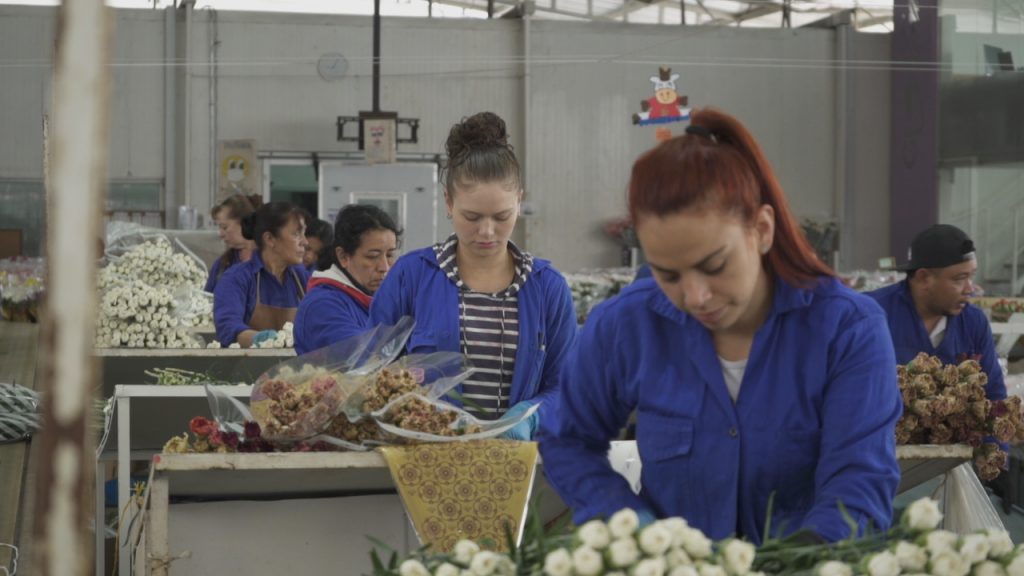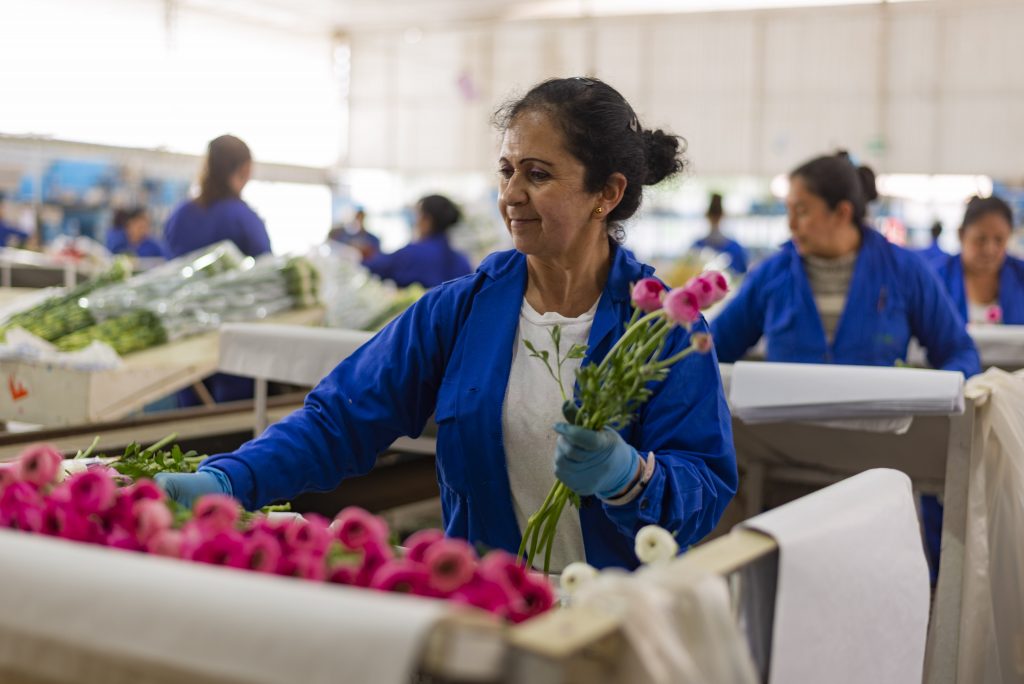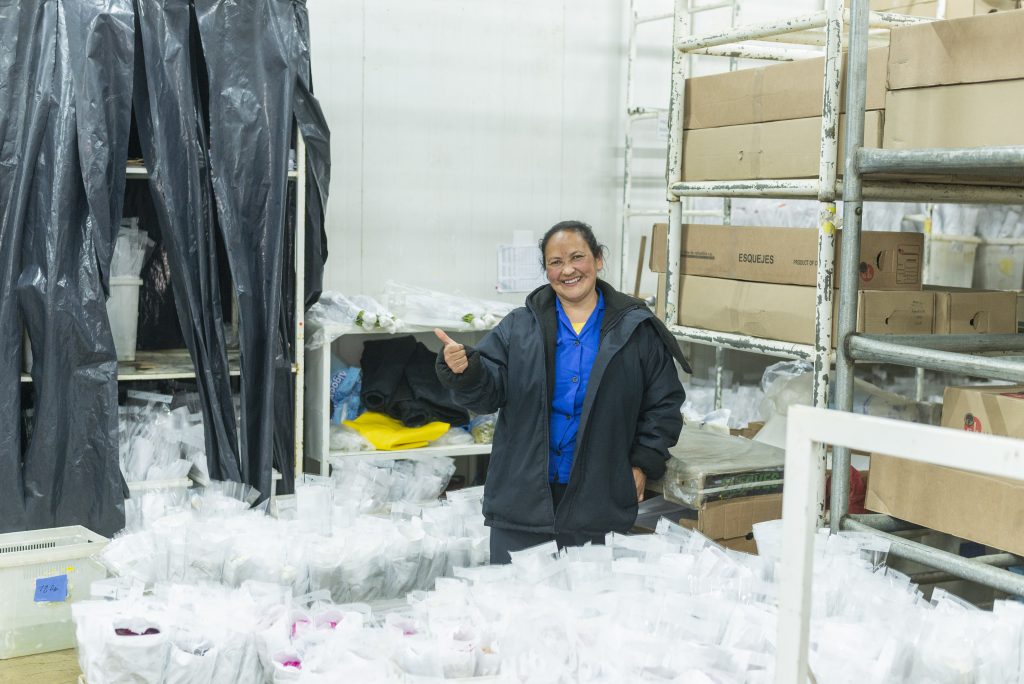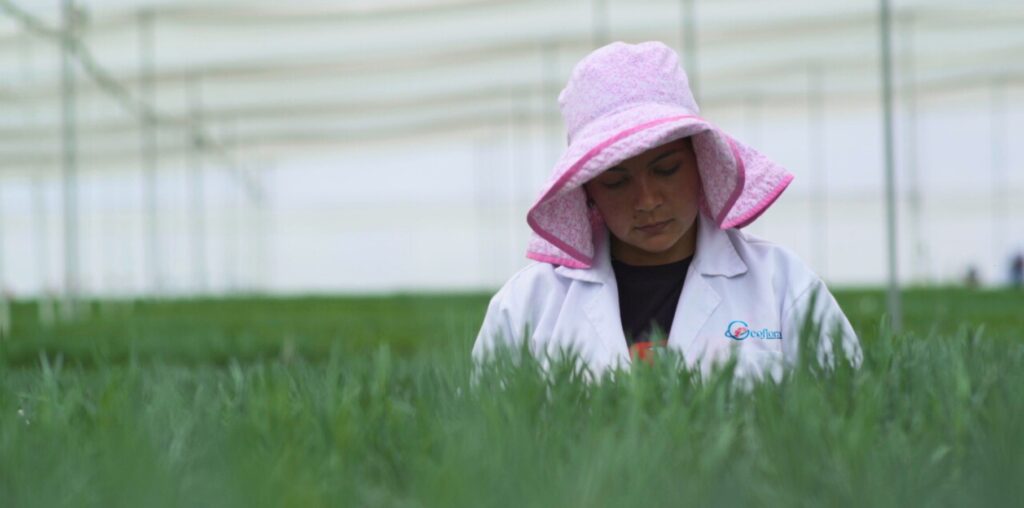Why is Women’s Day commemorated?
International Women’s Day has its roots in the labor movement of the mid-19th century, a time of great expansion and turbulence in the industrialized world, when women increasingly began to raise their voices.
March 8, 1910, Copenhagen, Denmark.
At the Second World Socialist Women’s Meeting, Clara Seltkin proposes the institutionalization of International Women’s Day. The women gathered unanimously approve the proposal and choose March 8 for the celebration in recognition of the women workers who died in the workers’ movement of the “Cotton Textile Factory”, which occurred 53 years earlier.
One year later, the first International Women’s Day was celebrated on March 19, 1911, gathering more than one million people in Germany, Austria, Denmark and Switzerland.
In addition to the right to vote and to hold public office, demands were made for women’s right to work, vocational training and non-discrimination in the workplace.
Women in the Colombian floriculture industry
This sector, which supplies 25% of the country’s formal rural female employment, has been characterized over the years for recognizing the integral development of women as a fundamental element of its activities, working to close gender gaps and implementing four components that contribute significantly to their development and that of their families. Education, housing, health and welfare.
They are the fundamental basis for education in the home and for the promotion of respect, equality and equity, the cornerstones of the sustainable economic, social and environmental development that is need it in today’s world.
Commemoration of the Geoflora´s women
At Geoflora we recognize the integral development of women as a fundamental element in our business strategy and in closing the gender gaps that today negatively affect countries in their quest to cut poverty.
On the commemoration of Women’s Day, we want to highlight the work of all those tireless women who every day give their best so that we can bring the most beautiful varieties of carnation around the world.







0 Comments